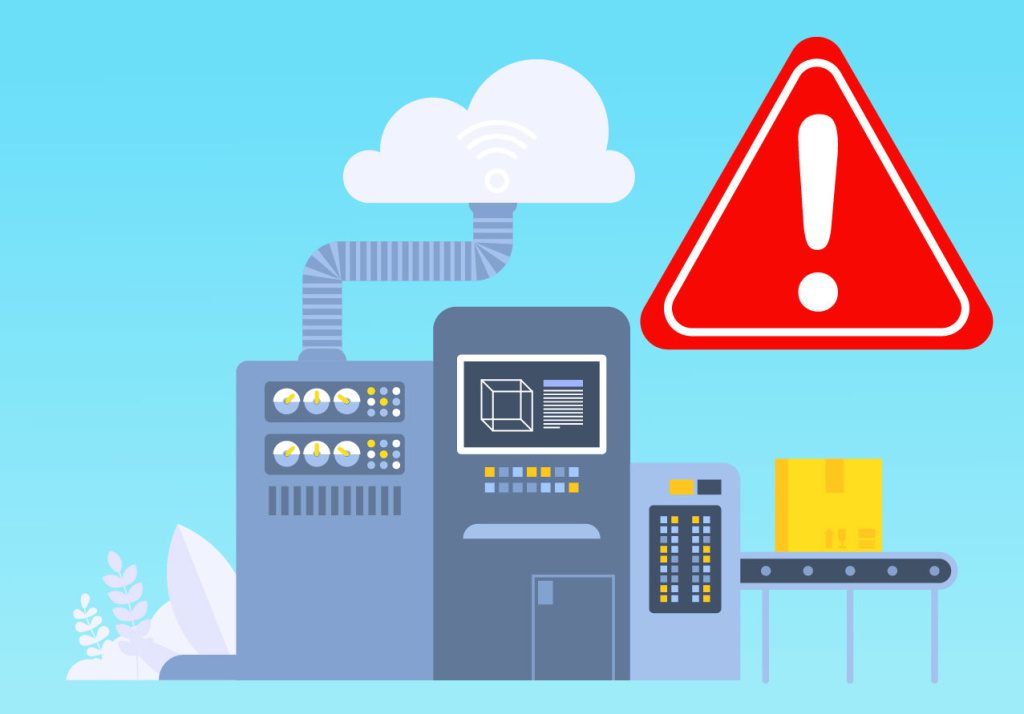Smart Fixes for Live Systems
In industrial automation, even the tiniest oversight in control logic can lead to costly downtime. One recurring challenge is handling brief signal losses—those momentary blips in communication that can inadvertently trigger shutdowns, even when process conditions are stable. To prevent false trips caused by these glitches, engineers often use an Off-Delay Timer to delay system responses.
However, implementing this fix in a live system isn’t as simple as dropping in a timer block. Without proper execution, it can actually cause a trip on the first scan cycle—the very scenario you’re trying to avoid.

Understanding the Problem
Many automation systems are designed to trip if a process variable exceeds a set threshold. A delay is often added to prevent false trips—ensuring the condition holds for a defined period before action is taken. However, when dealing with input signal integrity, a different issue arises:
- A minor communication blip can cause a false trip, even though the process conditions are stable.
- Without an Off Delay Timer on the good signal status, the system reacts instantly to momentary signal losses, disrupting operations.
- Simply adding a timer block isn’t enough—if it is inserted incorrectly, it will trip the system on its first scan cycle.
Best Practices for Implementing an Off-Delay Timer in a Live System
To ensure a smooth implementation, follow these steps:
- Insert the Timer Block Carefully
- Add the Off Delay Timer and link only its input (IN)—this adds a delay of a specified time to the condition, telling the system it is stable.
- Add the Off Delay Timer and link only its input (IN)—this adds a delay of a specified time to the condition, telling the system it is stable.
- Download Without Connecting the Output
- Perform an initial download without linking the timer’s output to critical logic (e.g., an AND block).
- This allows the timer to establish its correct state before influencing shutdown conditions.
- Let It Complete a Scan Cycle
- The first scan cycle is crucial. Even if the input is already high (1), the timer will initially output low (0) until it completes its first scan cycle and time specified due the timer being an OFF delay.
- By delaying the output connection, the system avoids unnecessary trips.
- Final Download with Full Integration
- Once the timer’s output reflects the correct process conditions, connect it to the final logic and download the changes again.
- This ensures that future signal losses are properly delayed without introducing unwanted shutdowns.
Why This Matters
Ignoring this step can lead to a first scan-cycle trip, disrupting operations and causing frustration. Even a minor mistake can have costly consequences in live systems where uptime is critical.
Control engineers can improve system reliability, reduce false trips, and implement changes without interruption by carefully managing timer initialization.
Frequently Asked Questions (FAQ)
An Off-Delay Timer on proper conditions can prevent false trips caused by momentary signal losses or fluctuations. Without it, brief communication blips can cause unnecessary shutdowns, even when the process conditions are stable.
Suppose you connect the timer’s output to the logic before it completes an initial scan cycle. In that case, it will output a zero, even if the input is already high, until the timer amount specified is complete. This can result in an unintended trip on the first cycle, causing disruptions.
Allowing the timer to run for the specified time of the delay is enough to establish the correct state. You can also verify the output with an online view of the logic. After this, you can safely connect the output without risking a false trip.
Yes! This best practice applies to any timer block where initialization state matters, including On Delay Timers and Pulse Timers. Always check how a timer behaves on its first scan cycle.
In fact – this method of step-by-step downloading can also be used when adding new controllers or moving where the output of the controller is going. You want to verify the controller is behaving properly before sending the command to the field device to avoid unwanted device behavior.
In addition to Off Delay Timers, consider:
✅ Signal filtering to smooth out fluctuations
✅ Redundant communication paths to reduce blips
✅ Deadband settings to prevent rapid toggling
Avoid False Trips & Improve System Reliability—Let’s Talk
Implementing changes in a live control system requires expertise, planning, and precision. If you’re facing recurring trips, signal blips, or struggling with system reliability, our automation experts can help.
✅ Reduce unplanned downtime
✅ Improve control system stability
✅ Optimize PLC logic for smooth operation


